New York/London/Hong Kong/Singapore/Sydney, April 25, 2022 ‒ The Depository Trust & Clearing Corporation (DTCC) today announced that its Board of Directors has appointed Francis (Frank) La Salla, currently Chief Executive Officer of BNY Mellon’s Issuer Services business and a member of the BNY Mellon Executive Committee, as President and Chief Executive Officer (CEO) of the company, effective August 12. La Salla’s appointment as CEO reflects the Board’s long-term succession planning and rigorous search process with the scheduled retirement of Michael C. Bodson, who has served as DTCC’s CEO since July 2012.
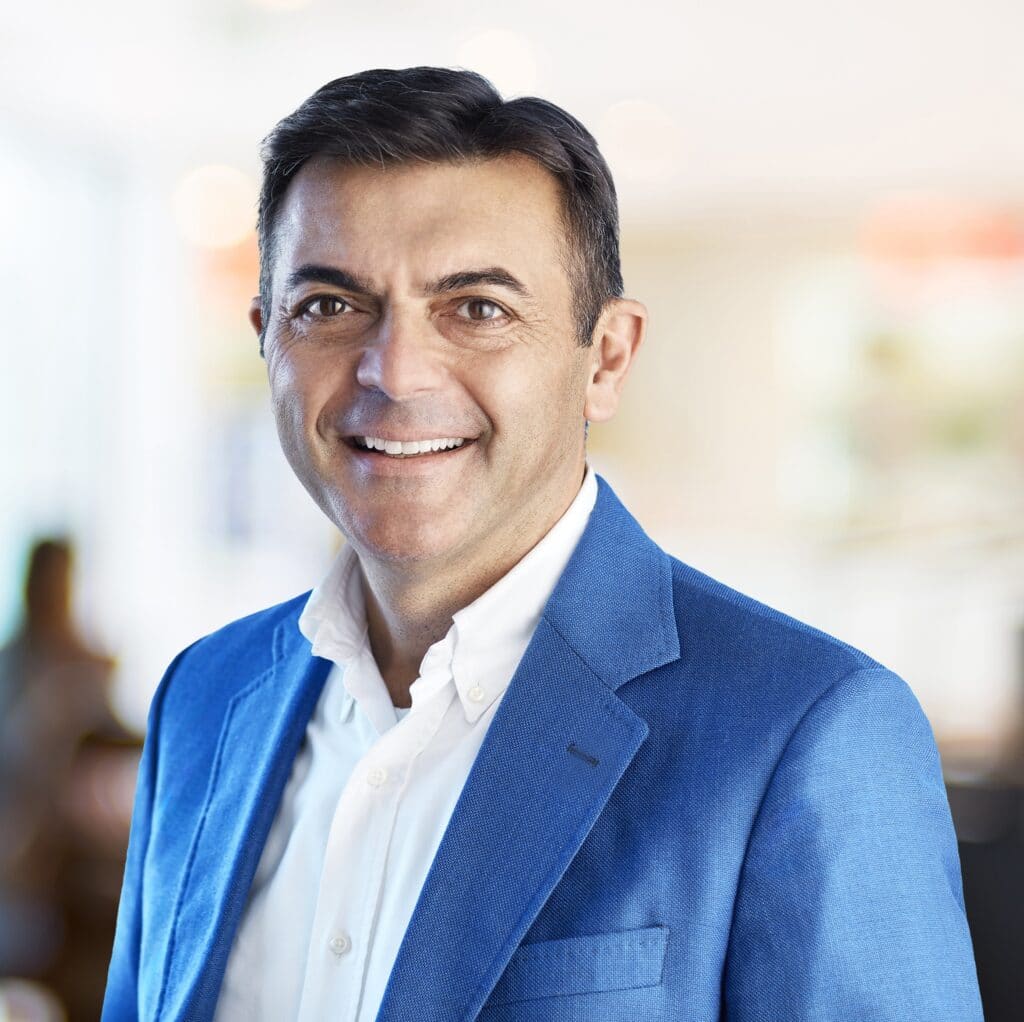
La Salla will also serve as President and CEO of DTCC’s principal operating subsidiaries, The Depository Trust Company (DTC), Fixed Income Clearing Corporation (FICC) and National Securities Clearing Corporation (NSCC), and a member of DTCC’s Board of Directors. Additionally, he becomes a member of DTCC’s Management Committee. La Salla joins DTCC on June 13, 2022 as CEO-elect, and between June and August, La Salla and Bodson will work together to ensure a seamless and orderly transition of responsibilities.
La Salla joins DTCC following a 28-year career at BNY Mellon, where he held several senior-level positions, including most recently as Chief Executive Officer of its Issuer Services business and a member of BNY Mellon’s Executive Committee, the senior-most leadership committee at the firm. Prior to that, La Salla was CEO of Corporate Trust, which included responsibility for Depositary Receipts. He previously served as CEO of BNY Mellon’s Alternative Investment Services and Structured Products business, and before that he was a member of the Executive Committee of Pershing LLC, a BNY Mellon company, where he was co-head of Global Client Relationships and head of Trading Services. Earlier in his career, La Salla was president and chief operating officer of BNY Clearing Services LLC.
Prior to joining BNY Mellon, La Salla was CEO of BHF Securities Corporation, the U.S. broker-dealer subsidiary of Germany’s BHF Bank AG, and COO of Société Generale Securities, responsible for developing the French financial institution’s U.S. brokerage business.
“We are very pleased to welcome Frank as President and CEO of DTCC,” said Robert Druskin, Non-Executive Chairman of DTCC’s Board. “Frank brings extensive global experience across a wide range of front office and functional support roles to DTCC, which will be pivotal to advancing the organization’s growth strategy at a time when markets are evolving rapidly. Throughout his career, Frank has distinguished himself as a dynamic leader who brings a global perspective, collaborative approach and entrepreneurial mindset to the complex business challenges facing clients and the industry. He shares a deep appreciation for DTCC’s mission of protecting the safety and stability of the global financial system, is committed to further strengthening the firm’s risk management framework and will pursue an innovation agenda to position the company for long-term success.”
La Salla said, “It is an honor to be appointed CEO of DTCC and have the opportunity to lead an organization that makes a positive difference every day by safeguarding the global financial system, protecting the capital markets and supporting the investing public. Mike Bodson has been an outstanding steward for the industry over the last ten years, delivering client value, driving innovation and galvanizing the industry to advance critical initiatives. I look forward to working with Mike and his leadership team to ensure a smooth transition. I am also excited to work alongside incredibly talented and experienced DTCC colleagues as we identify new ways to broaden and enhance our level of support for clients, regulators and other stakeholders.”
Druskin thanked Bodson for his leadership over the past decade, citing his role in navigating DTCC through several major crises, including the Knight Capital market event, Superstorm Sandy and the COVID-19 pandemic, extending its reach and impact across the industry and transforming the organization to position it for continued growth and success in the future.
“On behalf of the Board, I want to offer Mike our deepest appreciation for his commitment, dedication and leadership as CEO,” Druskin said. “Over the past 10 years, Mike has transformed DTCC into a client-driven firm that stands at the forefront of innovation and is recognized as a respected and influential voice on a wide range of key industry topics. He has strengthened virtually every part of the organization during his tenure and has positioned DTCC to remain a global leader during a period of unprecedented change.”
La Salla holds numerous industry registrations and is an active member of the Financial Industry Regulatory Authority’s Board of Arbitrators, also represents BNY Mellon on the boards of Euroclear plc., and Euroclear SA/NV. He earned a Bachelor of Science degree in Economics from The City University of New York and a Master of Business Administration in Finance from Wagner College. He also holds a Master of Arts in Theology from Fordham University.




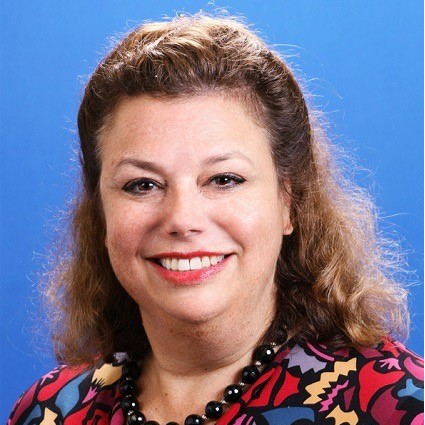



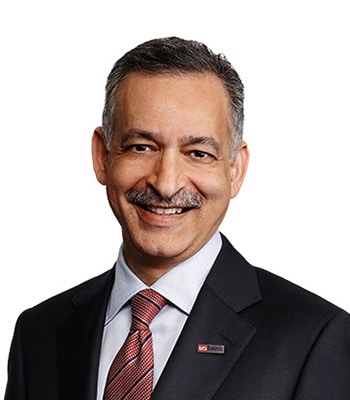

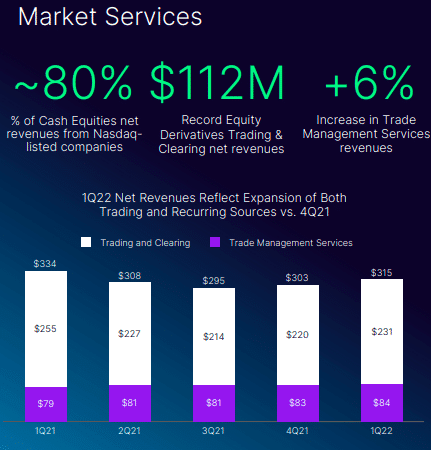
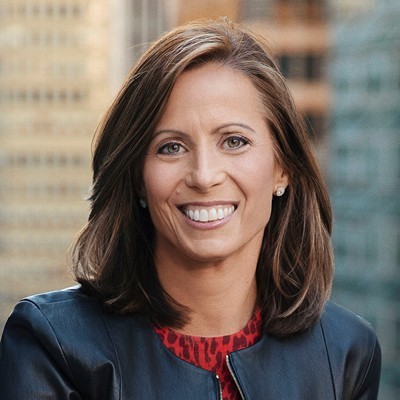
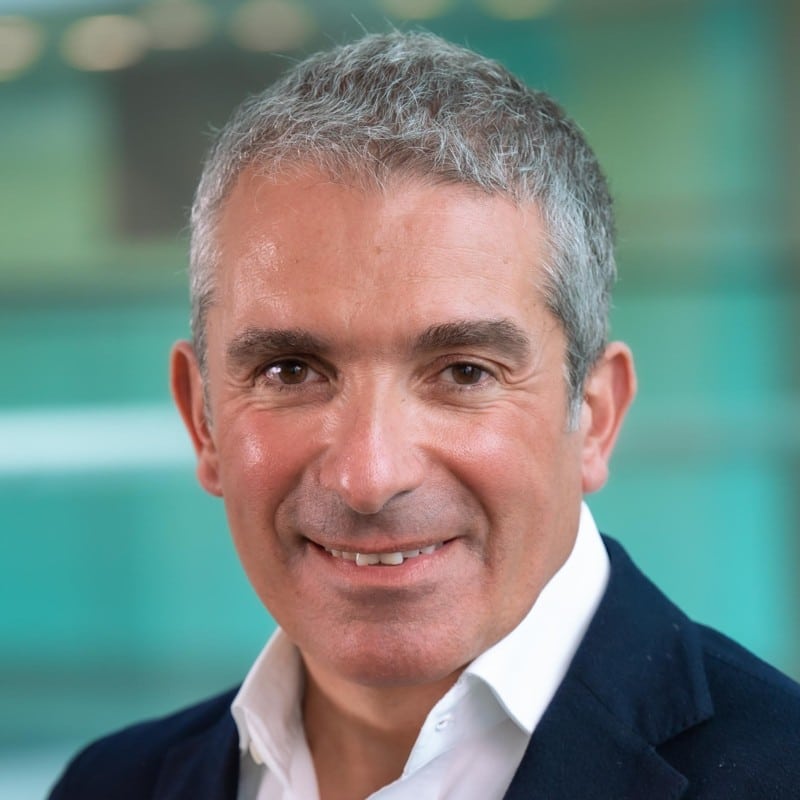
Crypto Regulation: The Current State of Play and Where It’s Going Next
By Charley Cooper, Managing Director, R3
The story so far
The size and scope of the crypto industry is growing rapidly. Today, the global market cap of the crypto industry is $2.1 trillion, while a recent NBC poll found that one in five adults in the US has invested in, traded or used cryptocurrencies. At the same time, an increasing number of corporates have integrated digital assets into their business models, with the likes of PayPal and Facebook having expanded their crypto offerings over the past twelve months.
Cryptocurrencies are no longer on the fringes of financial services, but are rather poised to play a long-term role in today’s payment and investment infrastructure. In response to this rise, governments around the world have been setting out various approaches towards regulating digital assets.
In March, President Biden signed his long-awaited executive order on the responsible development of digital assets, directing federal agencies to begin meaningful research with an eye towards the ultimate regulation of cryptocurrencies, CBDCs, stablecoins, and decentralized finance. The UK government recently followed suit in April, announcing plans to make Britain a ‘global hub’ for crypto through a variety of measures, including the regulation of stablecoins.
Given the concerted nature of the impending regulatory push, now is the time to take stock of the current state of regulation and its potential impact on cryptocurrencies moving forwards. In doing so, the industry can wake up to the fact that regulation – when crafted in a collaborative and careful manner – will play a vital role in the evolution of crypto.
The importance of regulation
The issue of regulation is one that divides the crypto community. Some in the crypto space ardently oppose greater oversight. The implementation of new rules, they argue, would stifle innovation and contradict the very decentralised principles that cryptocurrencies were built upon.
While these arguments should be considered carefully, the truth is that as much as some members of this community want this technology to exist outside of the existing financial system, it can’t. The disruption that the original, fully decentralised model seeks to cause will simply not be permitted by government stakeholders whose job it is to ensure orderly and stable market conditions.
Although the aforementioned efforts by the UK and US treasuries are a step in the right direction, in many ways governments have been slow to wake up to the need for regulation. The volatility of cryptocurrencies threatens retail investors with huge losses. Decentralized networks undermine the effective functioning of market infrastructure providers – such as clearing houses and exchanges – that have critical roles to play in ensuring the orderly functioning of markets. Central banks risk losing influence over their own monetary policy as crypto adoption replaces traditional fiat currencies.
Additionally, there is some truth in Bank of England Governor, Andrew Bailey’s, recent warning that cryptocurrencies are emerging as the new “front line” of fraud. In 2021 alone, crypto scammers took home a record $14 billion. It is these types of statistics that have caused crypto to elicit trepidation from governments and financial institutions, who have continually viewed the digital asset space with a degree of mistrust.
The implementation of regulation will go a long way in tackling this lack of trust, helping to unlocking the huge potential of digital assets while ensuring investors are protected – just like in any other financial market.
A careful, collaborative approach is key
As governments like the US and UK begin to embrace digital assets, it is clear that crypto is here to stay. Regulation is now on the horizon, with it looking increasingly likely that the future of cryptocurrencies will involve some form of regulatory framework.
It is no longer a matter of whether to regulate or not. Instead, the questions facing policy makers are what form regulation should take and how should it be enforced?
It is vital for governments to take a balanced approach to regulating crypto. Heavy-handed regulation has the potential to negatively impact many of the core benefits of cryptocurrencies – such as faster, more efficient payments as well as greater accessibility to finance.
The absence of any regulation at all, however, would be even more damaging. Failure to regulate crypto would handicap the state’s ability to control monetary policy and install the necessary safeguards to protect consumers at a basic level. In this scenario, crypto volatility and fraud would pose a serious risk to consumer protection.
The appropriate balance can only be reached by the public and private sectors working closely together. Only through a collaborative approach – whereby regulation is crafted to fit the unique attributes of the crypto market – will consumers be able to reap the full benefits of cryptocurrencies.
The global financial system has evolved slowly over millennia, and improvements to the way money and assets flow through it have almost always been achieved by successfully integrating a new technology with the existing infrastructure and institutions within it. Responsible and balanced regulation – that protects consumers but at the same time offers crypto the freedom to evolve and innovate – can play a central role in ushering in the next era of digital finance.